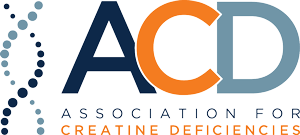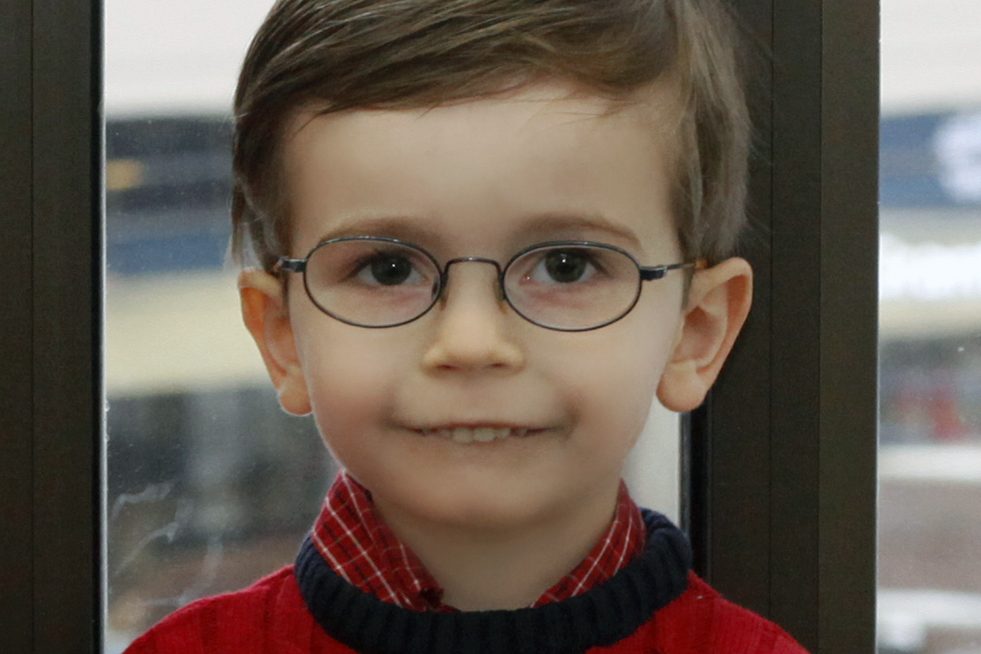
“The Long and Winding Road” – Amy
Not having a diagnosis for your child when you know something is wrong is like driving your car somewhere you’ve never been before with no directions. All you know is the general direction, and you keep moving that way, but you’re really not sure you’ll make your destination because you don’t know how to get there.
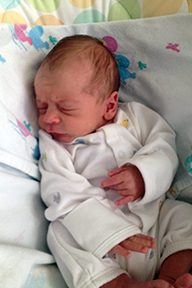
To say the least, it’s been a long and winding road in a relatively short period of time. Here’s where we’ve been and how we got here.
There were two strange issues early on in my pregnancy with Ben. Despite it being an easy pregnancy, we found out more on his 16-week ultrasound than just his gender. We learned he had calcifications on his liver and an ecogenic bowel. In other words – the liver repaired itself from damage, and he had waste in his bowel a little earlier than he should. They didn’t know why, but suspected I had some sort of infection that crossed into the placenta. We were scheduled for monthly ultrasounds to follow up on his health until he was born. All seemed fine as we progressed and he was determined healthy at 34 weeks. His birth was perfect, and so was he.
At around three months I noticed that Ben wasn’t quite holding his head up like his brother had. At six months, he wasn’t sitting up on his own yet, and wouldn’t do so until he was nine months. At his nine month well check, I inquired about a bump on his right rib that didn’t seem right, which turned out to be because of a crooked spine. Shortly thereafter, he was diagnosed with idiopathic infantile scoliosis. And he was referred to Help Me Grow for early intervention for his delays. At the time, I chalked this all up to hypotonia, or muscle weakness, somehow related to the issues in utero.
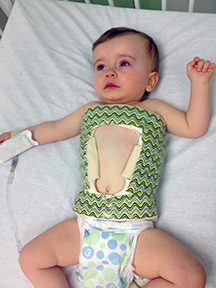
Ben finally learned to walk at 2 ½ years old, after he was out of the back brace for eight months. Clearly the scoliosis wasn’t the issue for any of his delays – there was more to it. We also didn’t know if his issues in utero connected to this as well, or were just an anomaly.
This is when we entered into the “global developmental issues” phase – an ambiguous, unsatisfying, and yet, somewhat hopeful diagnosis. It gave us a false hope that there was a chance that Ben would eventually just start talking one day, or gain weight, or be able to do the things he couldn’t do today. And all we could do was hope that we were doing the right things for him in the process.
After lots of specialists – gastrointestinal, infectious disease, ENT, orthopedics, developmental, feeding clinic, and genetics – we finally got results this January of a genome sequencing test that showed Ben had the X-linked chromosomal error indicating Creatine Transporter Deficiency (CTD). Blood and urine tests confirmed it.
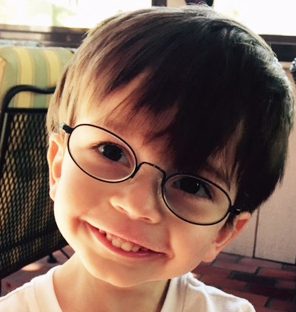
So now, we are still in the car and we know we are headed to our destination. We still aren’t quite sure how to get to there or what it will look like, but we do have something else this time – people to seek advice from and an understanding of the terrain. While there isn’t quite a map to help guide the way, and we aren’t sure where we will end up, we know more than we did before and for that we are grateful.
